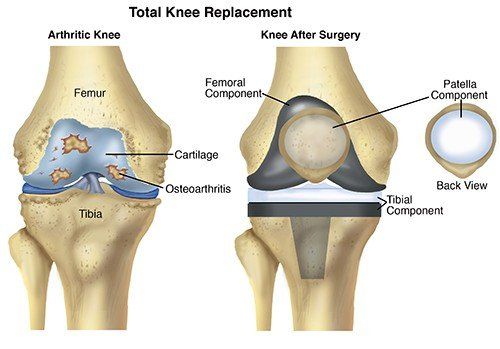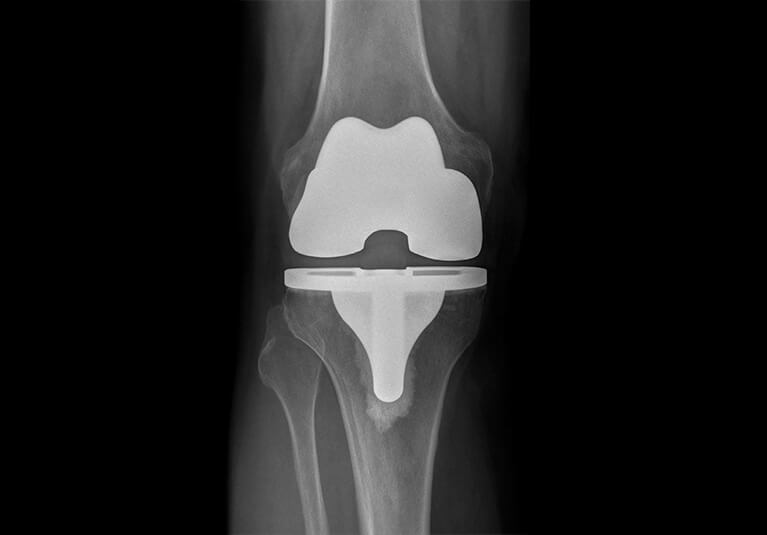When it comes to orthopedic devices, prosthetic joints are a crucial component for those who have suffered from joint damage or disease. These orthopedic implants are designed to mimic the function of a natural joint, allowing individuals to regain mobility and improve their quality of life. However, with so many options available, choosing the perfect joint replacement can feel like an overwhelming task. In this article, we will explore the different types of prosthetic joints and provide tips for selecting the best one for your needs.

Types of Prosthetic Joints
There are several types of prosthetic joints available, each with its own unique design and function. The most common types include:
Hinged Joints
Hinged joints are designed to provide stability and support for individuals with severe joint damage or instability. These joints have a hinge mechanism that allows for limited movement, similar to a door hinge. They are commonly used for knee and elbow replacements.
Ball-and-Socket Joints
Ball-and-socket joints are designed to mimic the natural movement of the hip joint. They consist of a ball-shaped end that fits into a cup-shaped socket, allowing for a wide range of motion. These joints are commonly used for hip replacements.
Constrained Joints
Constrained joints are similar to hinged joints, but with additional features to provide more stability and support. They are often used for individuals with severe joint damage or those who have had multiple joint replacements.
Factors to Consider When Choosing a Prosthetic Joint
When selecting a prosthetic joint, there are several factors to consider to ensure the best fit and function for your needs. These include:
Material
Prosthetic joints are typically made from metal, plastic, or a combination of both. Each material has its own benefits and drawbacks, so it’s important to discuss with your doctor which material is best for your specific situation.
Size and Fit
Prosthetic joints come in a variety of sizes to accommodate different body types and joint sizes. It’s important to choose a joint that fits properly to ensure proper function and prevent complications.
Activity Level
Your activity level and the type of activities you engage in should also be taken into consideration when choosing a prosthetic joint. For example, if you are an avid runner, you may need a more durable joint compared to someone who leads a more sedentary lifestyle.
Longevity
Prosthetic joints have a limited lifespan and may need to be replaced after a certain amount of time. It’s important to discuss the longevity of different joint options with your doctor to determine which one will last the longest for your specific needs.
Conclusion
Choosing the perfect prosthetic joint is a crucial step in the journey towards regaining mobility and improving quality of life. By understanding the different types of prosthetic joints and considering important factors such as material, size, activity level, and longevity, you can make an informed decision that will best suit your needs. Consult with your doctor to determine the best prosthetic joint for you and embark on your prosthetic odyssey with confidence.




